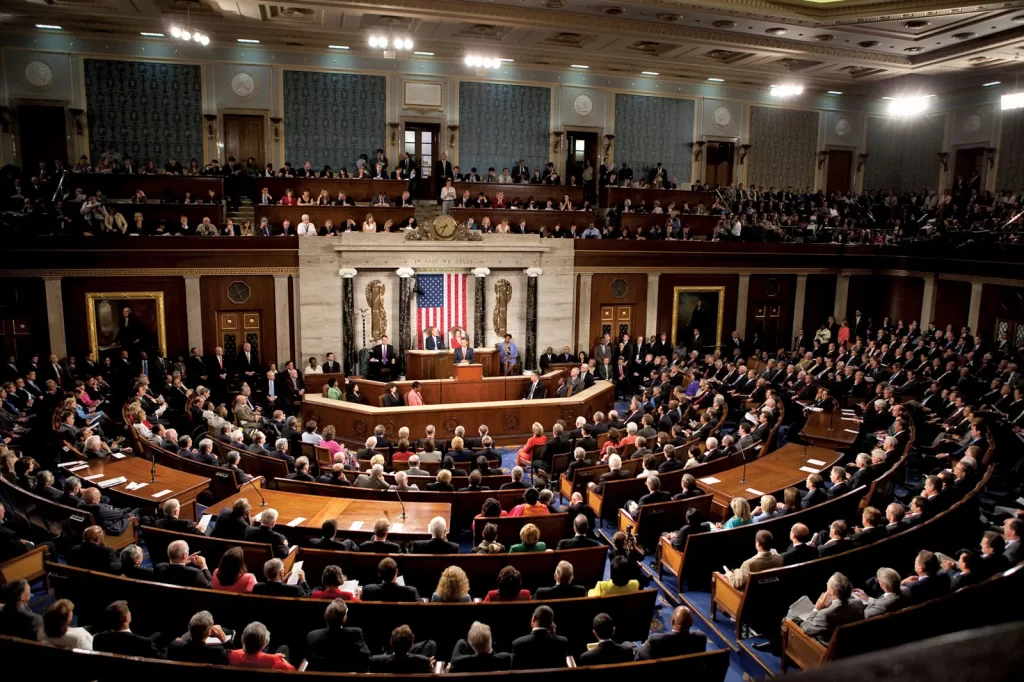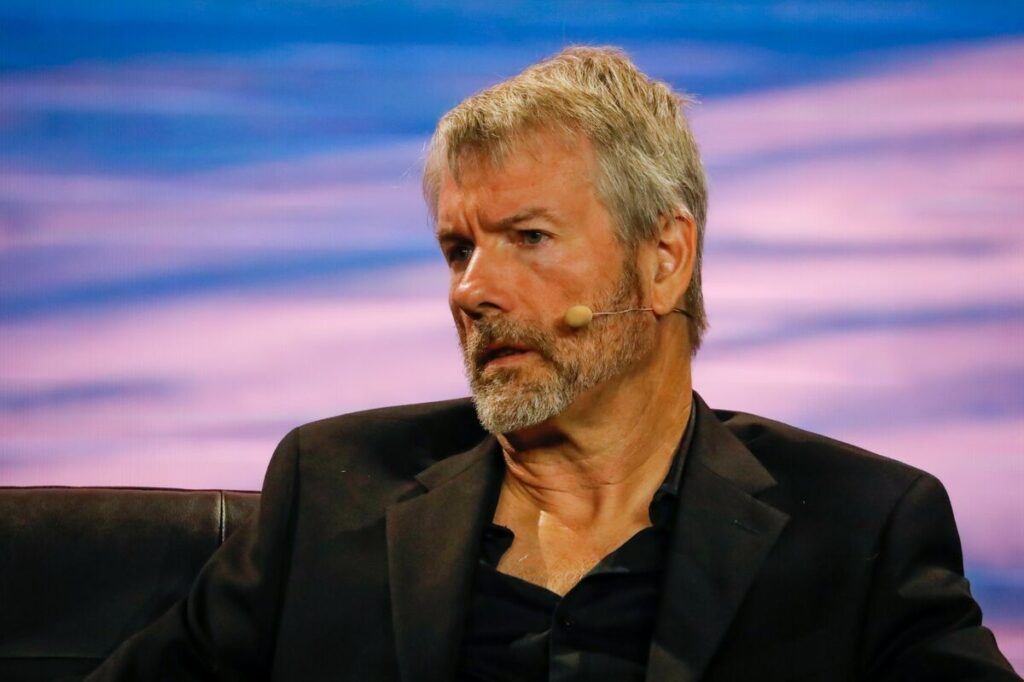Silvergate Bank is undergoing significant changes as CEO Alan Lane and two other key executives prepare to step down from their roles, marking a departure from the institution’s previously crypto-friendly stance.
Lane, along with the chief legal officer John Bonino, is set to leave on August 15th, while Antonio Martino, the chief financial officer, will follow suit on September 30th.
In a recent filing to the Securities and Exchange Commission (SEC), Silvergate Capital, the bank’s parent company, confirmed that these departures align with their previously communicated strategy to wind down operations and initiate the voluntary liquidation of Silvergate Bank.
This transition also highlights the bank’s shift away from its previous position as a crypto-friendly establishment.
It’s important to note that the departing executives will not be entitled to additional compensation based on their employment agreements, but they will receive severance benefits in recognition of their service.
The departure of these executives is taking place amid a series of legal challenges that Silvergate Bank is currently facing.
The institution, as well as CEO Alan Lane, are implicated in various proposed lawsuits that center largely around their alleged involvement in the wrongdoings of the crypto exchange FTX.
One lawsuit, brought forth by the Texas-based Word of God Church, alleges that Silvergate Bank utilized $25 million from church deposits to participate in what they describe as FTX’s “fraudulent” activities.
The lawsuit further contends that both Silvergate and Alan Lane were well aware of the ongoing fraudulent activities and misconduct.
READ MORE: Zunami Protocol Issues Warning Amidst Attack on Stablecoin Pools on Curve Finance
Another class-action lawsuit claims that Silvergate Bank did not adequately conduct due diligence on the crypto firms it onboarded as clients, including prominent names like FTX, Alameda, and North Dimension.
The suit also mentions other notable customers such as Binance.US, Huobi Global, Nexo Capital, and Bittrex.
The bank’s decision to wind down its operations stems from the substantial losses it incurred, amounting to $1 billion, due to the collapse of FTX, one of its major clients.
This collapse had far-reaching implications, not only affecting the bank but also sending shockwaves through the cryptocurrency ecosystem and the broader US banking sector.
Kathleen Fraher, the chief transition officer of Silvergate Capital, is slated to take over the role of CEO Alan Lane, while Andrew Surry, the current chief accounting officer of the bank, is set to assume the responsibilities of departing CFO Antonio Martino.
These changes mark a pivotal moment in the evolution of Silvergate Bank and its role within the cryptocurrency landscape.
Other Stories:
Former FTX CEO Sam Bankman-Fried Detained in Notorious Brooklyn Jail
Pro-Bitcoin Politician Surges Ahead in Argentine Presidential Primaries
Pro-Bitcoin Politician Surges Ahead in Argentine Presidential Primaries










